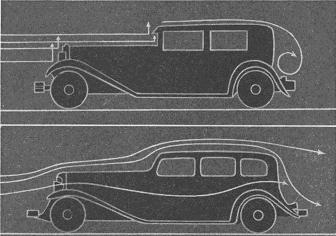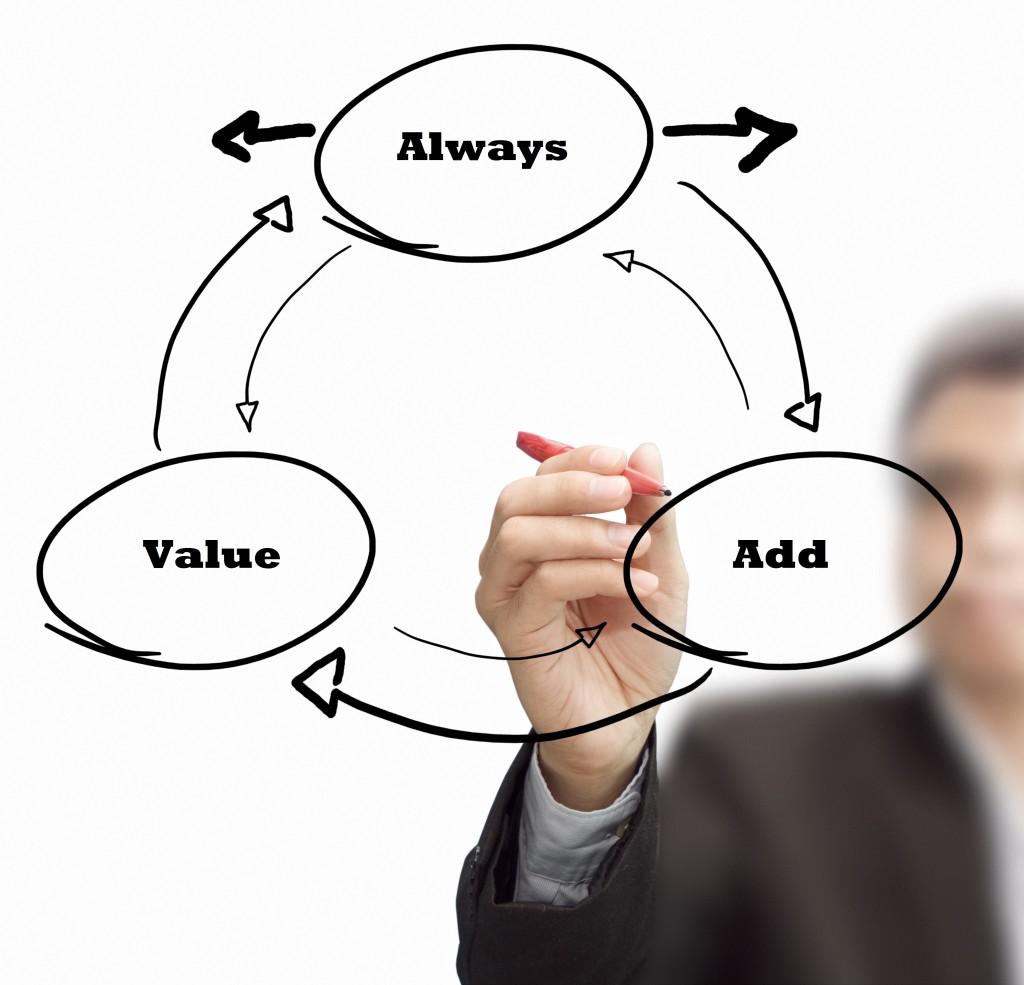In the complex world of logistics, transport, and shipping, every decision can make a significant impact on a company’s bottom line. Understanding the concepts of value adding and non-value adding activities in this crucial industry is essential for optimizing efficiency and maximizing profits. From streamlining supply chains to reducing waste, the principles of value adding and non-value adding logistics are the key to success in today’s fast-paced global marketplace. Join us as we explore the intricacies of this essential topic and discover how it can revolutionize the way businesses approach their transportation and shipping operations.
– Maximizing Efficiency through Value-Adding Logistics Strategies
When it comes to maximizing efficiency in logistics, it is crucial to differentiate between value-adding and non-value adding activities. Value-adding logistics strategies focus on activities that directly contribute to the final product or service, such as transportation, warehousing, and inventory management. On the other hand, non-value adding activities are those that do not add any value to the product or service, such as unnecessary steps in the supply chain or inefficient processes.
Transport and shipping are key components of value-adding logistics strategies. By optimizing transportation routes, selecting the most cost-effective shipping methods, and minimizing lead times, businesses can enhance their overall efficiency and customer satisfaction. Additionally, implementing technology solutions like GPS tracking and route optimization software can further streamline transportation processes and reduce costs. By strategically focusing on value-adding logistics activities, businesses can achieve a competitive edge in today’s fast-paced market.

– Identifying and Eliminating Non-Value Adding Activities in Transport Operations
One of the key components of efficient transport operations is the ability to identify and eliminate non-value adding activities. These activities not only waste time and resources but can also have a negative impact on overall productivity and customer satisfaction. By focusing on value adding activities, businesses can streamline their logistics processes and improve efficiency.
Some examples of non-value adding activities in transport operations include waiting times, unnecessary detours, and excessive paperwork. By implementing lean principles and continuous improvement strategies, companies can identify and eliminate these wasteful activities to optimize their supply chain. This can lead to cost savings, faster delivery times, and a more competitive edge in the market. It is crucial for businesses to regularly review their processes and procedures to ensure that they are maximizing value and minimizing waste in their transport operations.

– Streamlining Shipping Processes to Enhance Value for Customers
When it comes to streamlining shipping processes to enhance value for customers, it is crucial to differentiate between value-adding and non-value-adding activities in logistics, transport, and shipping. By identifying and eliminating non-value-adding tasks, businesses can optimize their operations to be more efficient and cost-effective, ultimately providing a better experience for their customers.
Some examples of non-value-adding activities in shipping processes include excessive paperwork, unnecessary transportation stops, and inefficient warehouse layouts. By focusing on value-adding tasks such as improving order fulfillment accuracy, reducing transit times, and enhancing communication with customers, companies can create a more streamlined and customer-centric shipping process that adds value at every step of the supply chain.

– Leveraging Technology to Enhance Value in Logistics and Shipping Operations
One of the key ways to enhance value in logistics and shipping operations is by leveraging technology to streamline processes and improve efficiency. By incorporating automation and digital tools, companies can reduce lead times, optimize route planning, and track shipments in real time. This not only enhances customer satisfaction but also reduces operational costs and improves overall performance.
Additionally, implementing value-added services such as predictive analytics, IoT sensors, and blockchain technology can provide companies with valuable insights into their supply chain operations. These tools can help identify inefficiencies, minimize risks, and improve decision-making processes. By continuously innovating and adopting new technologies, companies can stay ahead in the competitive logistics and shipping industry and deliver superior value to their customers.
Closing Remarks
In conclusion, understanding the difference between value-adding and non-value-adding activities in logistics, transport, and shipping is essential for businesses to optimize their operations and deliver exceptional customer value. By identifying and eliminating non-value-adding activities, companies can streamline their processes, reduce costs, and enhance overall efficiency. It is crucial for organizations to continuously evaluate and improve their supply chain activities to stay competitive in today’s dynamic market. Embracing value-adding practices will not only drive success but also pave the way for sustainable growth and long-term success. Thank you for exploring the world of value-adding and non-value-adding logistics with us.
